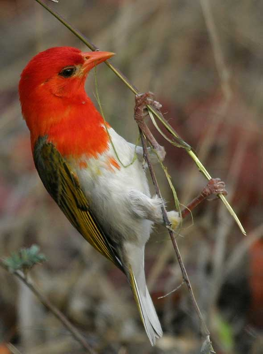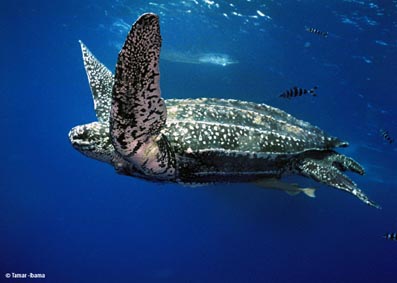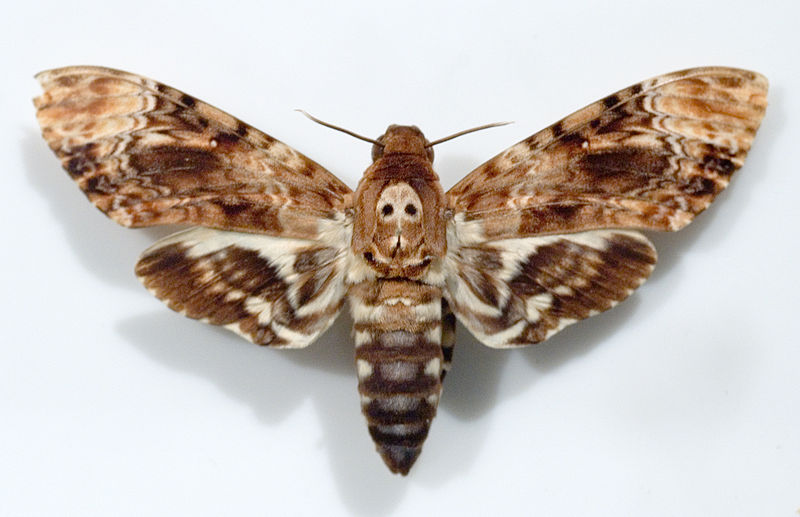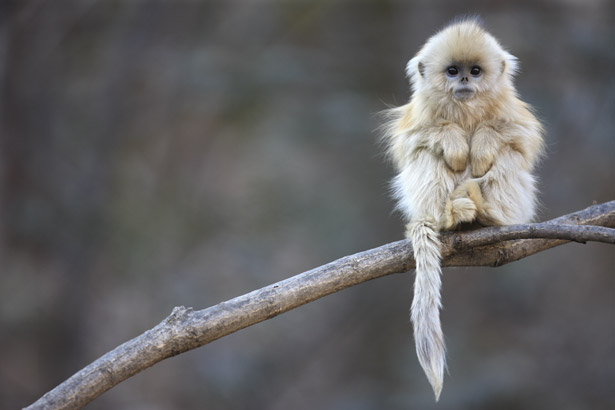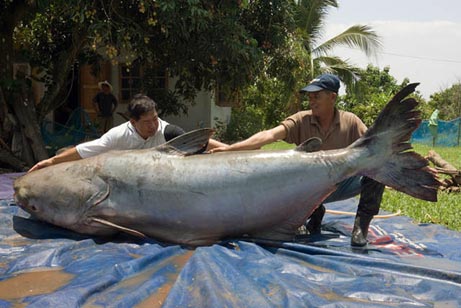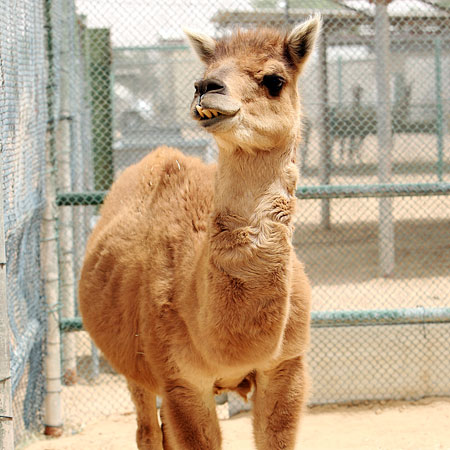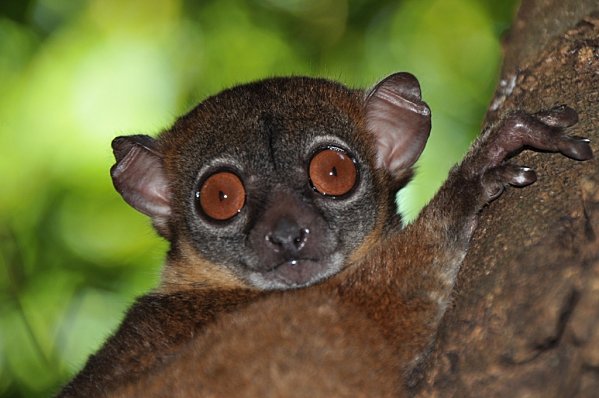
We started off our week in Madagascar learning about a Lemur and we are going to end the week the same way. And why not, right? After all, the island of Malagasy is known for their unique and endemic lemurs. Okay, so I may have stretched the truth a little bit as today’s featured animal is actually a member of the Lepilemur family but don’t worry they are still classed as lemurs. In fact, the Lepilemur family consists of 23 different species, which actually makes them among the most diverse group of lemurs roaming Madagascar. So let’s take a minute and explore the world of one rare species found within this group.
Smallest Lepilemur?
Yes, the Sahafary Sportive Lemur is a rare species and unfortunately getting rarer by the day. Although it is hard to estimate, researchers believe there to be only a few hundred of these little guys left in the wild. And when I say “Little Guys”, I mean it. This particular lemur species is one of the smallest species of Lepilemur with an average length of 28 cm (11 inches) and a weight of 7.5 kg (16.5 pounds), which seems a little heavy considering their length. Please don’t tell them I said that since I don’t need to receive any threatening emails for making an over-weight comment (some of these lemurs can be very sensitive at times).

Sticky Hands
While they may be among the smallest of the Lepilemur family the Sahafary Sportive Lemur does have some oversized pads on their hands and feet. Why? These large, fleshy pads allow this lemur to cling to a tree for dear life, which is probably a good thing since these nocturnal creatures spend most of their day in the trees. Interestingly enough, these pads allow the Sportive Lemur to “stick” to the tree in an upright position. Even more impressive is the fact that they are capable of leaping from tree to tree while in this position. Check out the picture on the left to see just how well these beautiful, little primates can stick around.
Sahafary Sportive Lemur on the Brink of Extinction
As mentioned, the population numbers are low but this is only the beginning of the end for the Sahafary Sportive Lemur. Unfortunately, none of these animals currently reside in a protected area, which means they are highly susceptible to increased habitat loss and poaching. If this trend doesn’t end soon, the Sahafary Sportive Lemur won’t be sticking around for long.

